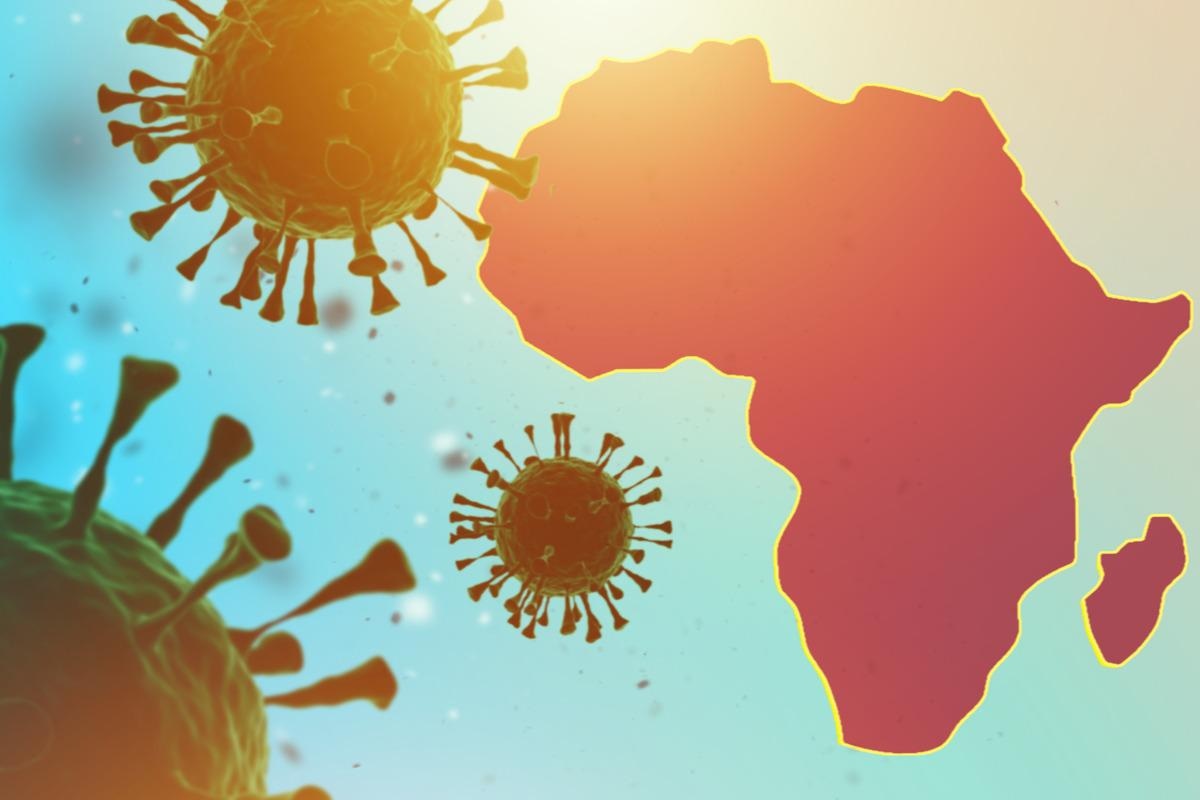Meta-analysis of population-based seroprevalence studies to estimate SARS-CoV-2 seroprevalence in Africa

In a recent study posted to the medRxiv* server, researchers conducted a descriptive meta-analysis to estimate the seroprevalence of severe acute respiratory syndrome coronavirus 2 (SARS-CoV-2) infections in Africa.

Limited vaccine coverage in a geographically and demographically diverse nation such as Africa that faces challenges in diagnostic reporting, surveillance measures, healthcare capacity, and policies for prevention and control of infections warrants ascertaining coronavirus disease 2019 (COVID-19) prevalence and incidence.
Previous studies had limitations such as under-represented populations, small sample sizes, low geographical coverage, and lacked regional comparison. This knowledge gap prompted the researchers of the current study to conduct a meta-analysis to estimate nationwide as well as regional COVID-19 prevalence as well as the proportion of uncharted infections by deriving prevalence-incidence ratios. This epidemiological information would benefit the Public Health and Social Measures (PHSM) department to devise tailor-made protection strategies suited to the diversified African continent.
About the study
In the present study, cross-sectional and cohort African seroprevalence studies including males and females below 60 years of age, published from January 2020 to December 2021 before the Omicron variant emerged, with at least 90% sensitivity and 97% specificity were included. The databases searched were Web of Science, Medline, Europe PubMed Central (PMC) pre-prints, Embase, World Health Organization (WHO) studies, media releases, and grey literature.
The study was commensurate with the World Health Organization (WHO) seroepidemiological investigation protocol (SEROPREV). Differences in seropositivity were evaluated based on demographic groups, time, and place. Studies lacking clear numerical fractions, prevalence estimates, duration, studies excluding individuals with previously diagnosed COVID-19 infections, and studies with closed population samples (schools, prisons, etc.) were excluded from the analysis.
Two reviewers independently screened data in two phases. The study titles and abstracts were screened initially, followed by an entire text screening. A third reviewer resolved conflicts. Data pertaining to the journal, publication date, demographic data, eligibility criteria, duration, sampling procedures, study design, sample size, geographical coverage, seroprevalence estimates, and testing procedures were retrieved. Critically appraised studies with bias risk as moderate or low, assessed on the basis of Joanna Briggs Institute (JBI) ratings were selected.
Results and discussion
From a total of 73,348 articles in primary screening, 4,221 were chosen for the second stage. Out of these, only 54 research papers, inclusive of 151 national seroprevalence studies, fulfilling the eligibility criteria were selected for the analysis.
The team observed that 95 (63%) studies had a low (23%) or moderate (40%) risk of bias. There was a sharp rise in African seroprevalence of SARS-CoV-2 infections from 3% to 65.1% within a year. The number of undetected infections was high, with an overall ratio of 97:1. The results demonstrated a 67% asymptomatic and heterogeneous prevalence with more infections in the urban population and adults.
Across regions, high-population density areas in Middle (75.5%), West (73.3%), and East (70,1%) Africa, especially Ethiopia and Ghana, showed higher seropositivity. As of September 2021, true infections were 97 times higher (800 million infections compared to 8.2 million cases) with the highest under-ascertainment in Nigeria and Malwai. Infections diagnosed by lateral flow immunoassays (LFIA) were lower than those using chemiluminescent immunoassays (CLIA).
The surge in undetected infections could be attributed to the emergence of new COVID-19 transmissible variants. The asymptomatic and elusive spread of disease combined with lack of healthcare infrastructure and surveillance measures contribute to inadequate testing and reporting, which explains a large number of undetected cases. COVID-19 was more prevalent in population-dense urban areas where social distancing was relatively low. As immunity decreases with age, infections were higher in adults compared to children. Lastly, prevalence rates were higher for cases diagnosed using LFIA owing to its low sensitivity compared to CLIA.
Conclusion
In the present study, high seropositivity rates of undetected as well as confirmed SARS-CoV-2 infections with a heterogeneous pattern were observed in the African continent. Increased health infrastructure with advanced diagnostic equipment, enhanced supply of medications, robust surveillance strategies for prevention and control, along with increased healthcare investments and well-trained personnel, could enable a better and tailor-made standard of care to affected individuals.
Future studies with constantly updated, evidence-based data and more uniform geographical representations, including island nations, are needed to aid the PHSM department to enhance policies for increased protection against the COVID-19 pandemic.
*Important notice
medRxiv publishes preliminary scientific reports that are not peer-reviewed and, therefore, should not be regarded as conclusive, guide clinical practice/health-related behavior, or treated as established information.
-
Lewis, H. et al. (2022) "SARS-CoV-2 infection in Africa: A systematic review and meta-analysis of standardised seroprevalence studies, from January 2020 to December 2021". medRxiv. doi: 10.1101/2022.02.14.22270934. https://www.medrxiv.org/content/10.1101/2022.02.14.22270934v1
Posted in: Medical Science News | Medical Research News | Disease/Infection News
Tags: Children, Coronavirus, Coronavirus Disease COVID-19, covid-19, Diagnostic, Healthcare, immunity, Immunoassays, Omicron, Pandemic, Public Health, Research, Respiratory, SARS, SARS-CoV-2, Severe Acute Respiratory, Severe Acute Respiratory Syndrome, Syndrome, Vaccine

Written by
Susha Cheriyedath
Susha has a Bachelor of Science (B.Sc.) degree in Chemistry and Master of Science (M.Sc) degree in Biochemistry from the University of Calicut, India. She always had a keen interest in medical and health science. As part of her masters degree, she specialized in Biochemistry, with an emphasis on Microbiology, Physiology, Biotechnology, and Nutrition. In her spare time, she loves to cook up a storm in the kitchen with her super-messy baking experiments.
Source: Read Full Article